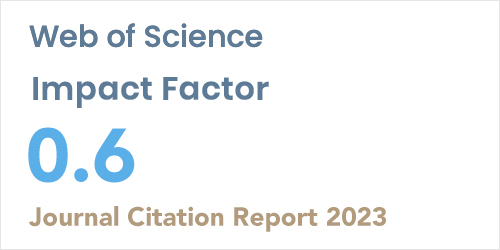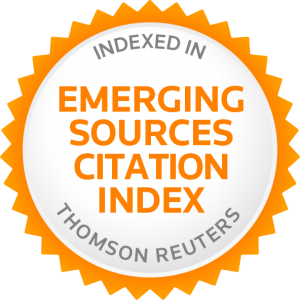2Department of Applied Mechanics, Government Polytechnic Bramhapuri, Maharashtra, 441206, India
Abstract
This review article scrutinizes several studies focusing on various aspects and impacts of green building practices. The potential and limitations of the green building sector in different areas, measuring and evaluating the effectiveness of green building, evaluating electricity use, social interest and health, technology potential and challenges, return on investment are thus discussed. The ideas are debated regarding green buildings certification, zero-energy building construction, knowledge and commitment, sustainable urban development and energy-utilizing building design and technology development. This review highlighted key findings from all the studies, such as the need for a framework that takes environmental, social and economic considerations to facilitate the transition to development in the Arab world. Potential improvements to existing green building assessments, including interactive decision-making tools, management software, and improved user experience are also explored. The review addresses issues related to energy efficiency, HVAC [heating, ventilation and air conditioning equipment] controls, and health and wellness practices in office buildings. In addition, the cost-benefit analysis demonstrates the integration of active and passive strategies in a warming climate. The analysis also highlights the impact of luxury goods on the performance of green projects and the potential for local energy services in China. Green buildings especially LEED-certified buildings afford the resources to diminish the climate impacts of inhabitants of the buildings. The summary provides a brief overview of the various issues addressed in the research, highlighting their impact on promoting the sustainable development and global diversity of green buildings.















